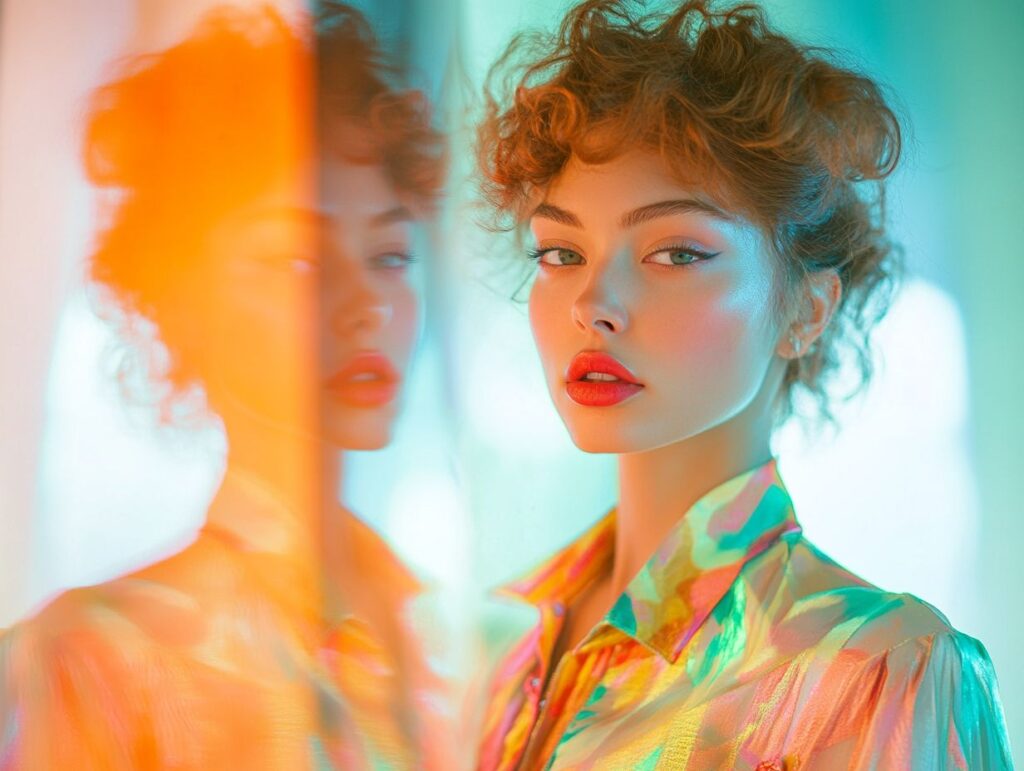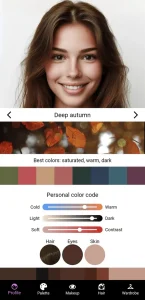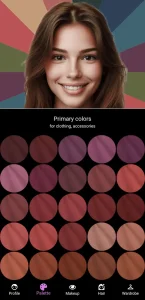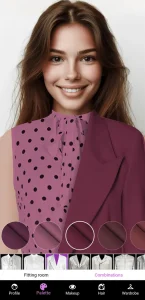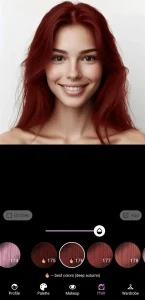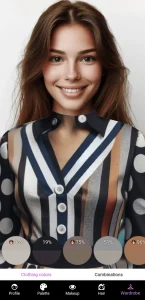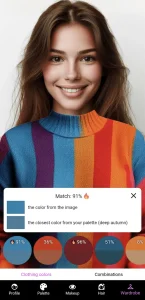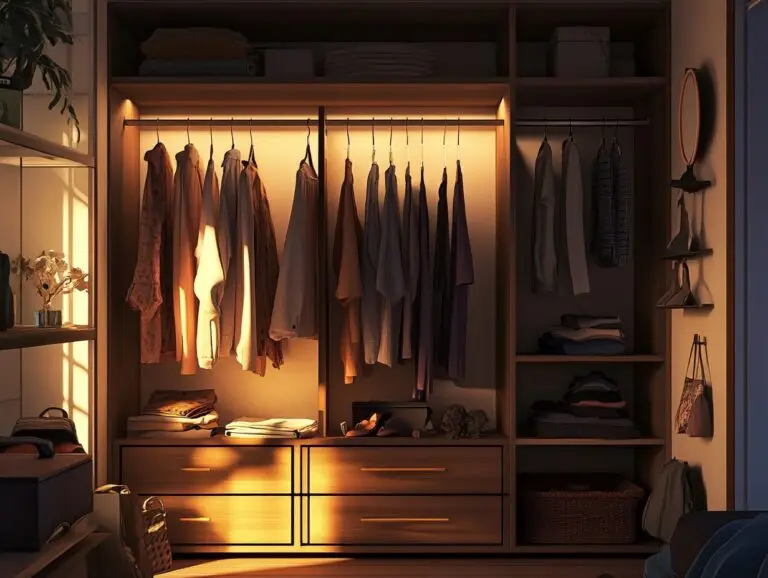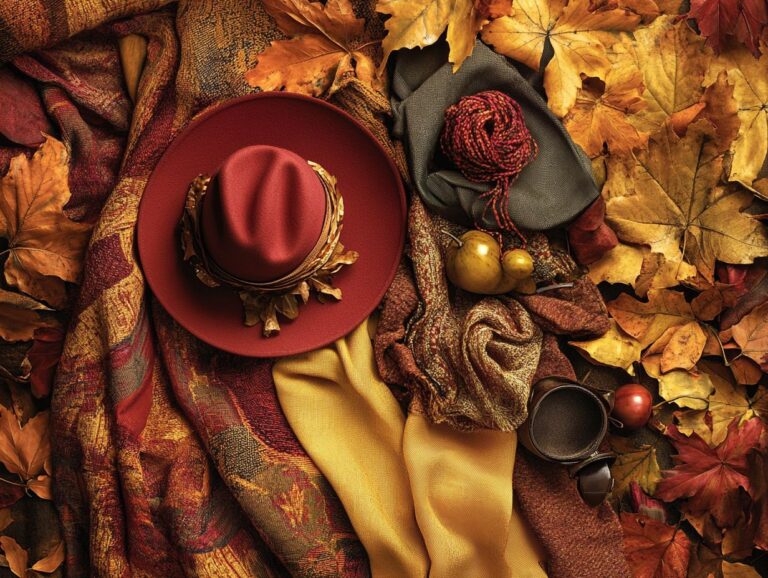In fashion, reaching a polished and put-together appearance goes beyond simply throwing on your favorite outfit.
A coordinated look is all about harmony —combining clothing, hair, makeup, and accessories in a way that enhances your unique style.
Whether you’re preparing for a special occasion or just want to elevate your everyday ensemble Knowing how to pair clothes with accessories is important because it helps create a balanced appearance.
This article explores how to create a cohesive color palette , choose the perfect hairstyle , apply makeup that complements your features, and select accessories that tie everything together seamlessly.
Get ready to change your style and welcome the art of harmonization !
The Importance of a Coordinated Look
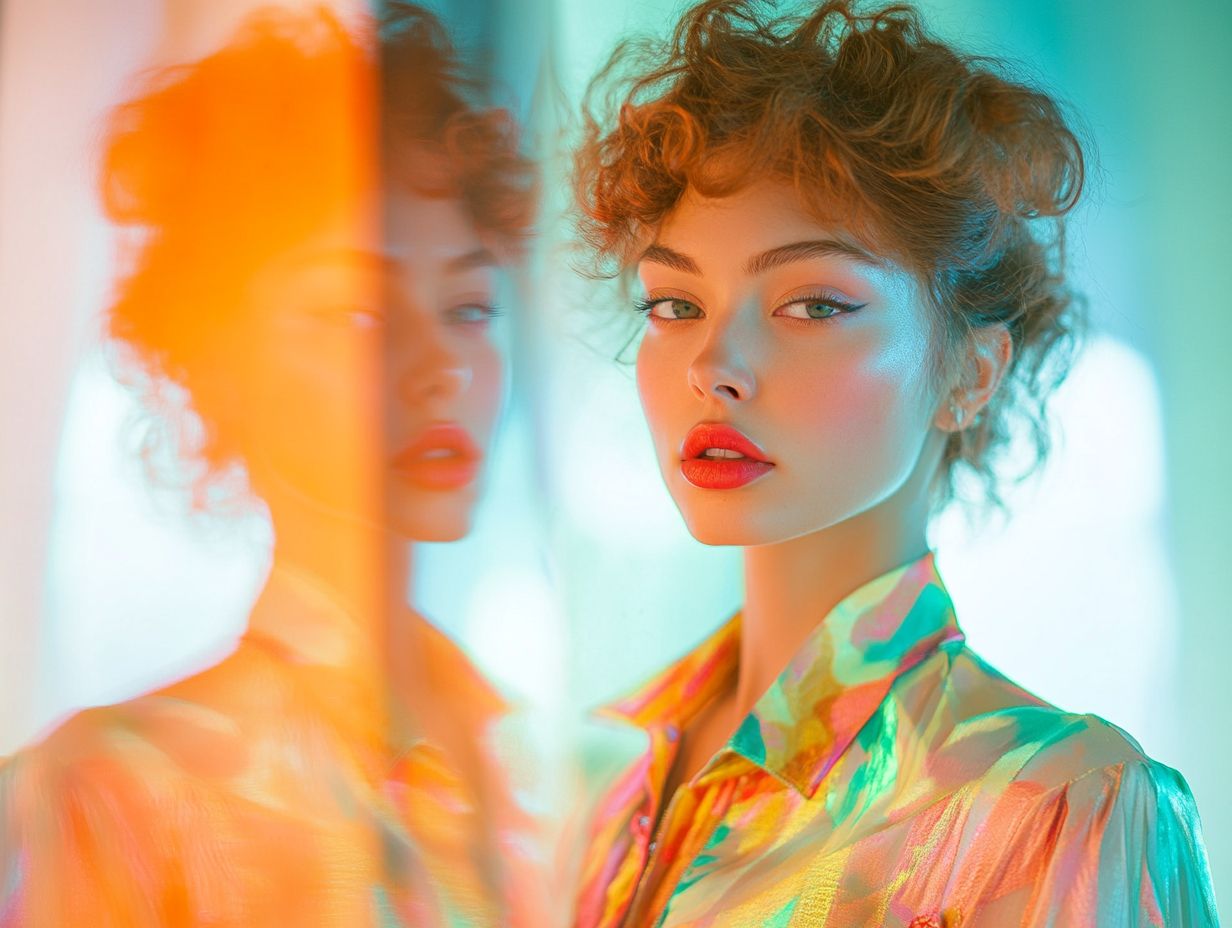
A coordinated look is essential in defining personal style and enhancing visual appeal, as it harmonizes clothing, hair, makeup techniques, and accessories to create a cohesive fashion statement, reflecting grooming and elegance.
Achieving this balance allows individuals to express their unique personality while instilling confidence in their appearance, embracing both style guides and trends analysis. Knowing how to match clothes well can improve your style for both everyday and special occasions.
By paying attention to how patterns, textures, and colors work together, anyone can improve their style and fashion aesthetics, making sure they always look neat and coordinated.
Why Coordination Matters
Matching clothes in fashion and outfit planning is important because it affects how people see themselves and how others see them, boosting confidence and appearance. A well-put-together outfit shows a good grasp of fashion trends, individual taste, and the role of appearance in everyday life, balancing timeless elegance with modernity. When clothing, hair, and makeup are in sync, it conveys a sense of effort, grooming, and attention to detail, which can significantly impact social interactions and personal satisfaction with one’s appearance.
For instance, someone wearing a well-fitted suit with matching accessories looks professional and confident when entering a meeting.
Similarly, a coordinated outfit—like a matching dress with suitable shoes and handbag—can improve a person’s confidence at social events, transforming them into statement pieces.
People often feel better about themselves when their clothing choices get compliments. This positive feedback helps them feel more accepted and valued socially.
Ultimately, the way one coordinates their fashion choices, including makeup and grooming, can lead to a stronger presence in both personal and professional spheres.
Creating a Cohesive Color Palette
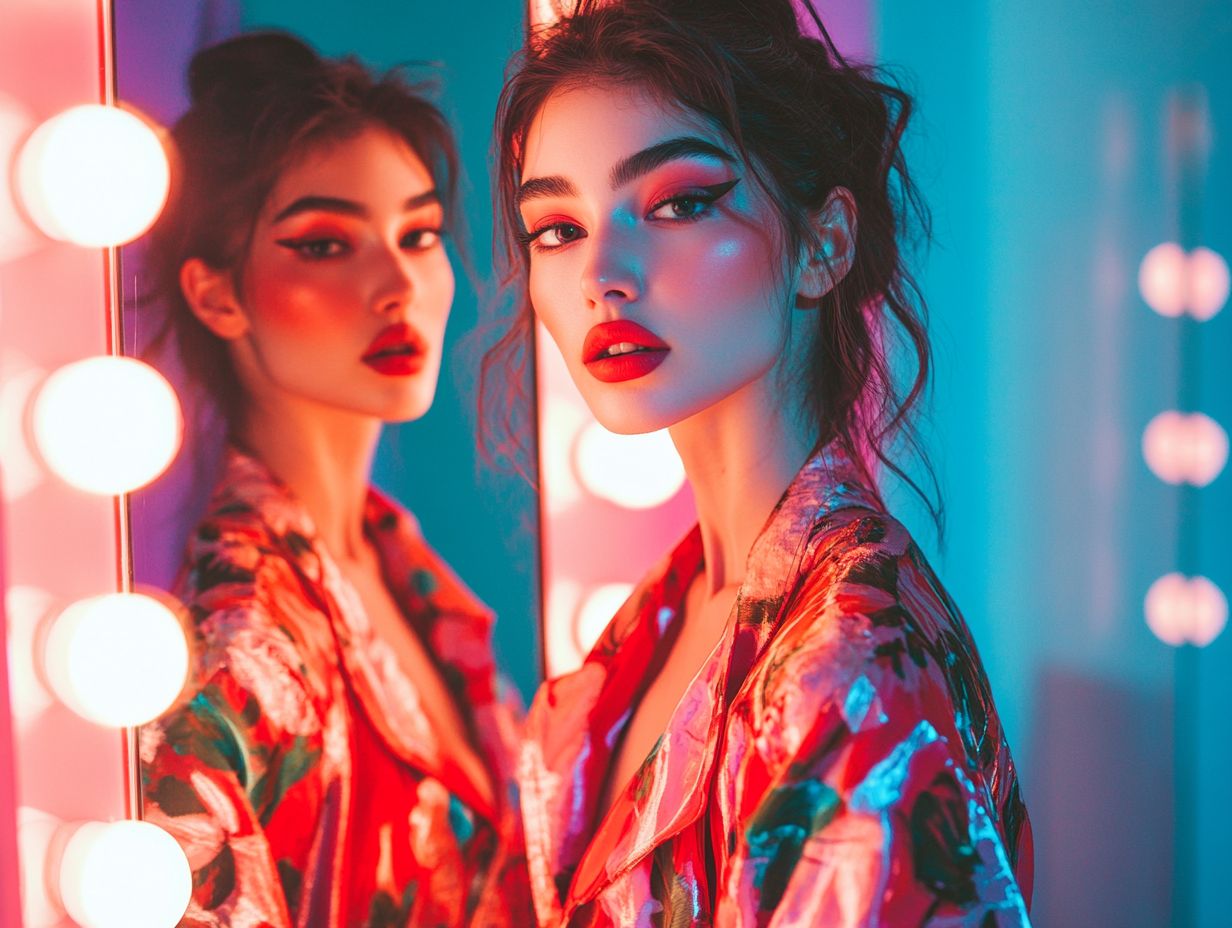
Choosing matching colors is important in fashion because it brings different parts of an outfit together, ensuring visual harmony and making it look more attractive and pleasing to the eye.
Knowing color theory helps people choose shades that suit their skin and fashion sense, making sure clothes, accessories, and makeup products all look good together.
A well-planned color palette can highlight features, evoke emotions, and reflect current seasonal colors and street style, transforming an ordinary outfit into a stunning ensemble that resonates with elegance and confidence.
Choosing Colors that Complement Each Other
Selecting colors that complement each other is essential to outfit coordination, enhancing the overall look and ensuring visual harmony. Complementary colors, found opposite each other on the color wheel, can create striking contrasts, while analogous colors, situated next to each other, offer a more subtle blend, essential for color blocking techniques. By learning the basics of color blocking and staying updated with seasonal colors, people can put together outfits that both show their unique style and draw positive attention, reflecting their personal branding.
For example, a bright royal blue with a deep orange can make a strong impression for a casual outing, while lighter colors—like pastel pink and mint green—work well for a laid-back, stylish look, embodying the bohemian style.
When incorporating seasonal colors, think about integrating earthy tones like deep burgundy or mustard during autumn, which can be effortlessly matched with neutral base pieces, showcasing versatility and chic style.
Pairing different materials, like a thick knit sweater in a trendy color with well-fitted pants, allows you to add color and style to your wardrobe essentials, staying fashionable.
Matching Clothing and Hair Styles
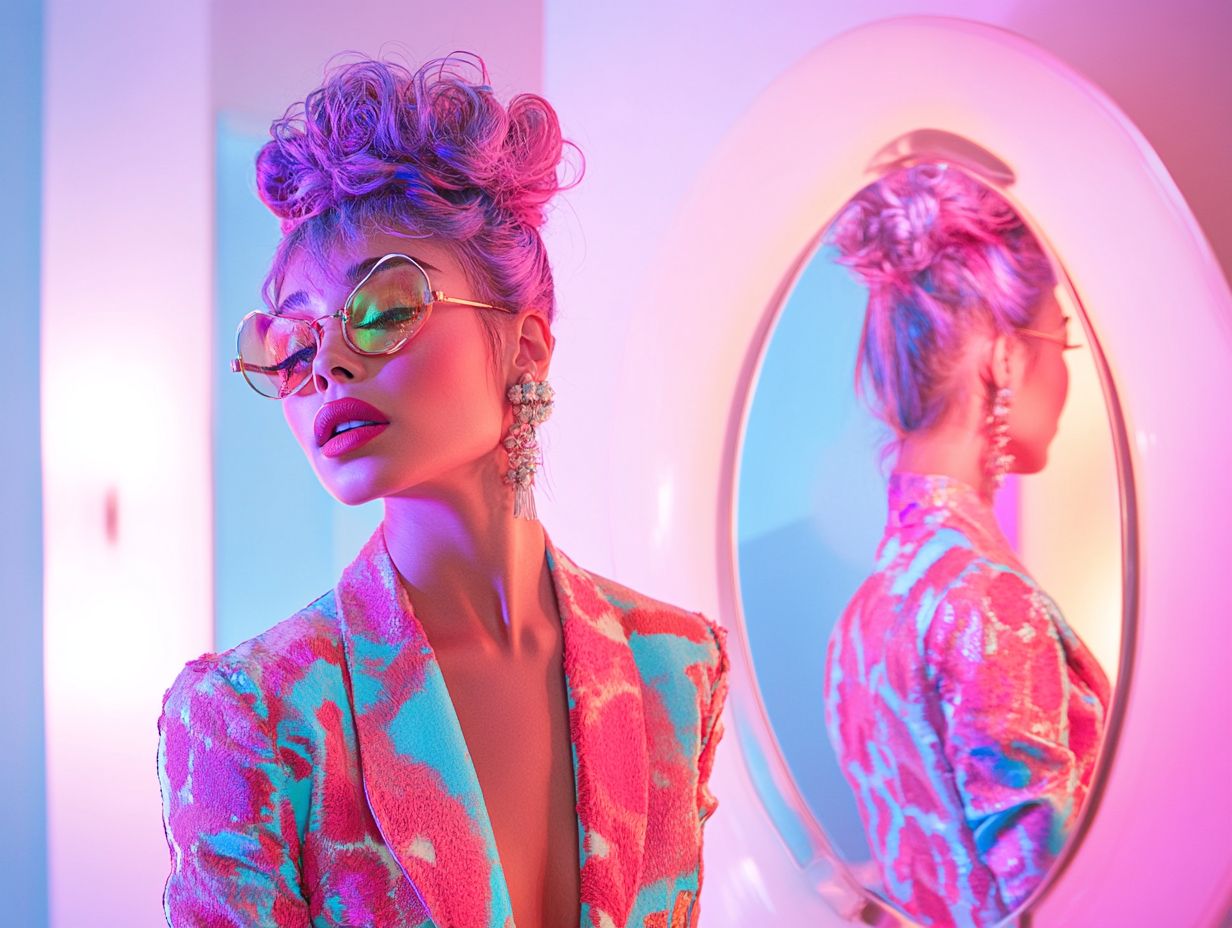
Matching clothing and hair styles is an important aspect of creating a harmonious look that embodies personal style, showcases grooming, and aligns with hairstyling trends. The right hairstyle can improve how an outfit looks by highlighting the face and matching the fabric and color of the clothes, enhancing the overall aesthetics.
Whether choosing a stylish updo or loose waves, knowing how different hairstyles match with various outfits is important for a neat and coordinated look, considering haircuts, hair color, and overall style.
Finding the Right Hairstyle for Your Outfit
Selecting the right hairstyle for your outfit is key to achieving a polished and stylish appearance, as it can significantly influence the overall aesthetic and complement your fashion identity. Factors such as face shape, hair texture, and the occasion should guide this choice, ensuring that the hairstyle enhances, rather than clashes with, the outfit, maintaining balance and proportion.
For instance, casual outfits may pair well with loose, effortless styles, while formal wear often calls for sleek updos or sophisticated waves, reflecting current seasonal fashion trends and the influence of runway trends.
Knowing body proportions and the fit of your wardrobe essentials is very important for making the right decision. For example, individuals with round faces might find that hairstyles with height or angularity can create a more elongated appearance, balancing their overall look.
Those with longer face shapes might opt for styles that have width, such as side-swept bangs or curls, to create harmony. Adding accessories, such as hairpins, hats, or scarves, can improve the chosen hairstyle and match it with the outfit, contributing to accessories coordination.
Practical techniques, such as layering or texturizing, can add dimension and flair to any hairstyle, allowing for seamless transitions between different ensemble choices, enhancing both casual and formal looks.
Makeup Tips for a Harmonized Look
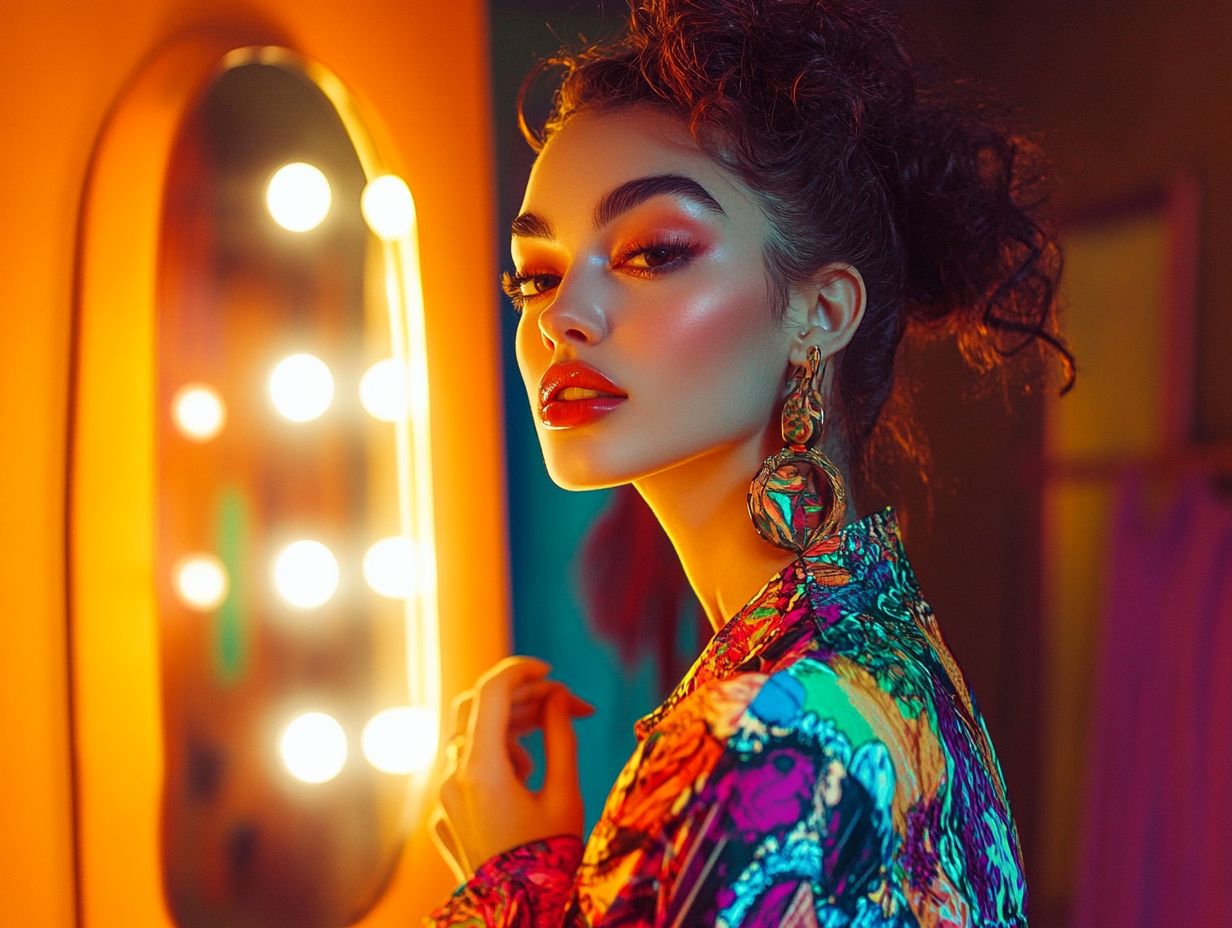
Using makeup techniques that highlight features while matching the whole look is important for getting a balanced appearance and enhancing beauty. The right makeup can balance an outfit’s colors and styles, drawing attention to key facial features while complementing hair and clothing choices, reflecting personal style.
Essential elements, such as lip color, eyeshadow, eyeliner, and foundation, should be selected based on the color palette and overall aesthetic of the outfit, ensuring a cohesive and polished finish, suitable for various occasions.
Enhancing Your Features without Clashing
To improve your features and match your outfit, it’s important to pick the right makeup colors and use techniques like highlighting and contouring thoughtfully, considering skincare routine and cosmetics products. This method highlights natural beauty and keeps the look coordinated and fashionable. Choosing makeup colors that match your clothes helps create a polished and confident look, while also embracing trends and inspirations from fashion blogs and influencers.
When considering what colors to use, think about the tones of your clothing and how they relate to your skin and hair color, maintaining visual harmony.
For example, if you are wearing clothes with warm colors, like statement jewelry, choose highlighters and bronzers with warm tones to match the look. If your clothes have cooler colors, such as minimalist or vintage look, cooler tones for your highlighters and bronzers will look better.
Remember to balance your highlights and shadows; too much contrast can create an unnatural appearance.
Using a gentle mix of tones along the cheekbones and jawline will give a slight shape, while a small amount of highlighter on the cheekbones can reflect light nicely. This approach draws attention without overshadowing your chosen outfit, keeping a stylish and refined look.
Accessories and Their Role in Coordination
Accessories are important for putting together an outfit, providing the final details that make a look stand out, enhancing sophistication and personal branding.
Choosing the right jewelry, bags, and shoes can improve your look, adding appeal and matching well with your clothes and makeup, reflecting current fashion advice and trends.
Choosing the right accessories ensures they complement your outfit rather than dominate it, resulting in a balanced and confident appearance, suitable for both formal and casual events.
Using Accessories to Tie Your Look Together
To effectively use accessories to complete your look, it’s important to know how different parts work together to improve how your outfit looks as a whole, keeping in mind proportion and fit. From selecting the right jewelry that matches clothing styles to choosing bags and shoes that align with the color palette, accessorizing can significantly impact visual appeal and personal expression.
Using layered clothing can give an outfit more dimension and personality, displaying individual style while keeping a stylish balance, suitable for both maximalist and minimalist approaches.
For example, when getting ready for a casual brunch, choosing delicate gold necklaces in different lengths can easily make a simple t-shirt and jeans outfit look more stylish, adding a touch of romantic style.
Similarly, for a night out, incorporating a statement belt can cinch the waist and introduce an eye-catching detail to a flowy dress, enhancing the edgy or classic look.
It’s not just about the individual pieces; it’s the way they come together—selecting harmonious shades or textures can create a cohesive vibe that draws attention without overwhelming the overall look, embodying mood board inspirations.
Knowing the right proportions is key; using a big handbag with small jewelry can make your outfit look both fashionable and balanced, suitable for both street style and runway trends.

